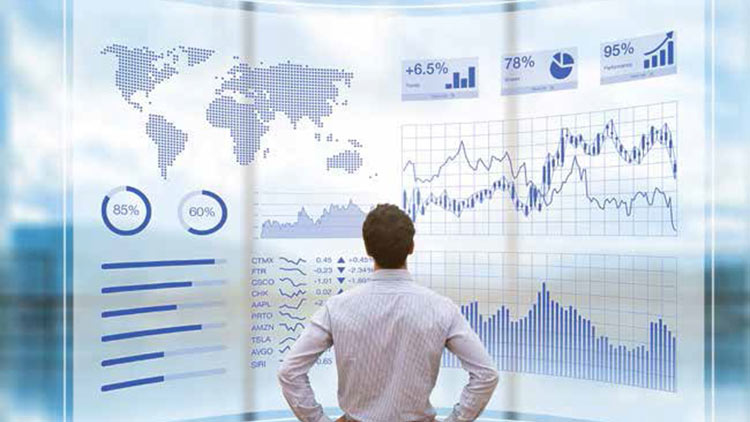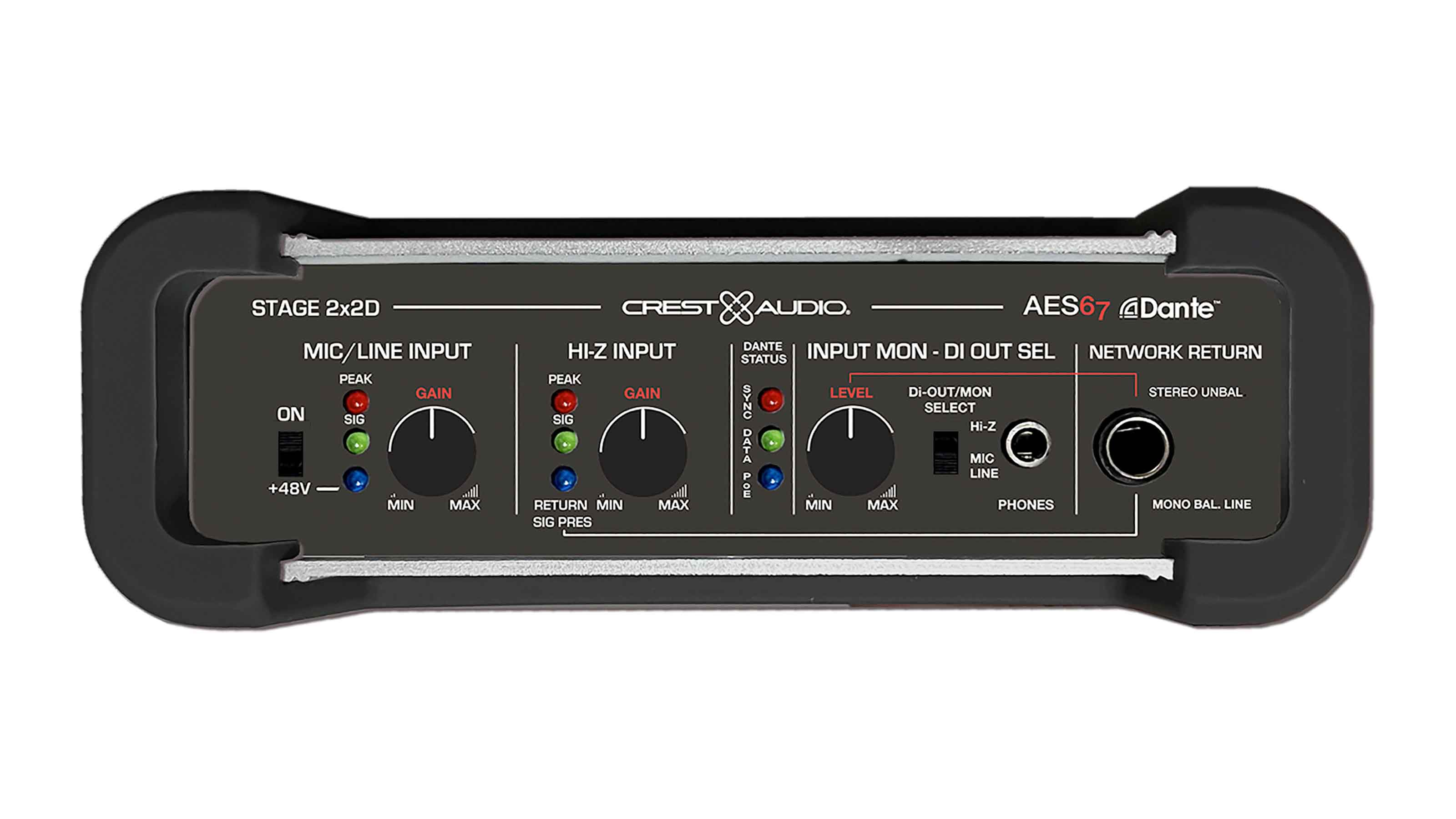Big Data: Analytics Shape the Business of AV Integration

Big data is big business, and making big business for the integration community. Not only can data monitoring bring in additional funds from the perspective of AV as a Service (AVaaS), but it can shine a light on the behavior of both people and products.
“Integrators and installers should care about big data as that is where there is a lot of potential incremental value,” said Chris Bottger, VP, services offerings development at AVI-SPL. “Too often in the AV industry, integrators design, build, and deploy rooms without any consideration as to whether those rooms allow their customers to achieve their business outcomes.”
Baskar Manivannan, CTO, VenueLytics, an integrated customer analytics, loyalty, and engagement platform for hospitality and entertainment venues, believes it’s critical to have clear short-and long-term business goals created with integration customers. “Big data and analytics empower businesses to deliver targeted services while improving customer experiences. In addition, business analytics and big data, along with full integration into existing platforms, provide businesses with a unique opportunity to achieve the objectives. The key is to think big and start small in getting the best result out of big data in an iterative and agile manner.”

The digital signage segment of the industry seems to be deploying this strategy already, largely because of its innate intertwinement with the advertising industry. And a large part of this data drive comes from e-commerce, according to Kym Frank, president of GeoPath, an organization dedicated to state-of-the-art audience location measurement and market research innovation.
“For decades, the online world set a high bar when it came to measuring audience exposure to content and advertising—it was a level of accountability that was incredibly challenging for more traditional forms of advertising to match,” said Frank. “Now, measurement in the online world is under significant scrutiny following issues with bots, fraud, and transparency. At the same time, the availability of various types of geolocation data has empowered the digital signage industry to deliver insights like never before.”
Proof is in the Pudding
Big data can equal big ROI, especially when it comes to large digital signage investments.
A daily selection of the top stories for AV integrators, resellers and consultants. Sign up below.
“Big data has the ability to improve and substantiate the outcome of an investment in digital signage,” said Andrea Varrone, show director of the Digital Signage Expo. “Whereas in early years budget approval for digital signage implementation was extremely challenging, big data is changing that through analytics and analysis going forward.”
Nowadays, she continued, “Integrators have the opportunity to work with their clients to ensure that they have established metrics for their products to enable them to recognize when installations are successful.”
After seeing the obstacles end users face with their data collection, AVI-SPL is adding to its 2018 maintenance program and plans to help customers turn a massive amount of data into functional and valuable information. For example, AVI-SPL’s self-described “service experts” can count the people in a meeting room directly from a Cisco or Polycom video collaboration system by using the camera itself, and without the need for occupancy sensors. The data can then be presented as a Facilities ROI Digest to the end user so clients can see the return they’re getting on both the space and the technology being deployed.

“Big data allows you to tie into customer’s business outcome much more easily,” Bottger said. “In addition, as more of the AV industry moves to an Internet of Things (IoT) world, the costs of those IoT devices will come down and implementation and deployment will be simpler, meaning that the value to the customer is in day-two services, where IoT drives even bigger data and more opportunity.
The key for capitalizing on all of this, according to Manivannan, is to consider the five aspects of big data—“volume, velocity, variety, veracity, and value.”
It’s essential, he continued, to get the “right combination of algorithms, models, and tools to analyze the relevant data collection” from a variety of sources, and to use a combination of machine learning and deep learning technologies to “gain full insights into any business.”
Taking Action
User beware: it’s what you’re doing with the data that actually matters. “The challenge with end users’ big data collection is that it is only useful if you can get actionable data from it,” Bottger said. “Typically, users that manage their own environments do not have the expertise to know what to do with big data.”
Frank agreed: “Big data is getting bigger and more precise at a rapid pace. Still, it is important that users understand the strengths and weaknesses of various types of data before jumping in headfirst.”
Manivanna pointed out that the business strategy should dictate “the criteria for picking the right data that will be analyzed. The key is to do the data profiling, cleansing, and clearly understand the veracity and value of the data. Then apply relevant machine learning and deep learning AI algorithms along with visualization tools to gain insights and operational efficiency.”

It’s situations like that that lead Manolo Almagro, managing partner at Q Division, to believe the industry is ripe for the adoption of data scientists. “I would say the real opportunity lies in getting people who understand how to take data and turn it into insights,” said Almagro. “There’s a lot of opportunities to play in this world and it’s going to bring a lot of new talents and expertise into an area that we normally wouldn’t even think about that kind of a person being part of an AV integration service.”
I Always Feel Like Somebody’s Watching Me
What about privacy when it comes to big data? Emerging technologies like AI are proliferating data collection to give end users smarter insights into their customer base. This is nothing new, but mainstream awareness of the topic is growing. Rich Ventura, chairman of the Digital Signage Federation (DSF), did a great impression of the general U.S. public at a 2017 DSF breakfast: “Oh. My God. There’s analytics. There’s facial recognition. Everybody’s watching us.” His point was well made; the American public is increasingly paranoid about technology’s intrusion, but, paradoxically, we’re becoming more used to it.
Manolo Almagro, managing partner of Q Division, also senses the same paranoia among retailers. Many retailer technologists thinking about implementing cameras with sensors to detect age, gender, emotions, etc. come to him with privacy concerns. He addresses those concerns by saying “You already collect security cam data in dressing rooms. You’ve been doing this for years, and suddenly it’s a big deal. The concern about privacy has a lot to do with the perception that consumers and shoppers have with what you’re doing with it.”
He firmly believes that within the next 24 months, more and more of the privacy issues we have or we perceive we have will go away. “It’s just a matter of weighing the benefits you’re sharing,” he concluded.
Kym Frank, president of Geopath, summed it up best: “Just because you can do something with data doesn’t mean that you should.”
Megan A. Dutta is a pro AV industry journalist, and the former content director for Systems Contractor News (SCN) and Digital Signage Magazine, both Future U.S. publications. Dutta previously served as the marketing communications manager at Peerless-AV, where she led the company’s marketing and communications department. Dutta is the recipient of AVIXA's 2017 Young AV Professional Award and Women in Consumer Technology's 2018 Woman to Watch Award. Dutta is co-founder of Women of Digital Signage, an organization designed to provide a pathway to promote networking, mentoring, and personal growth.

